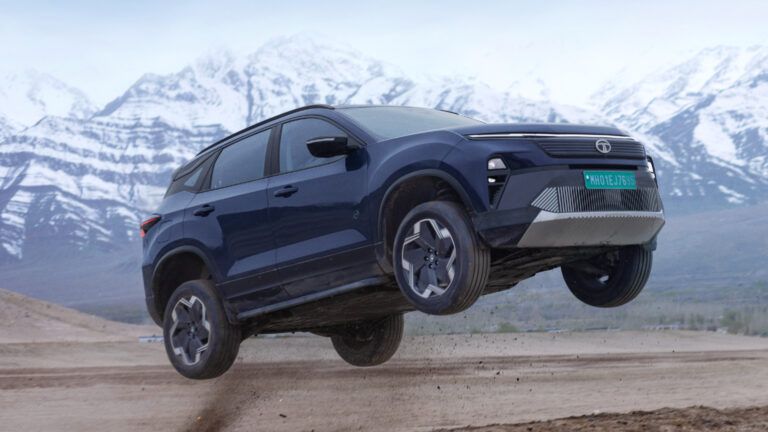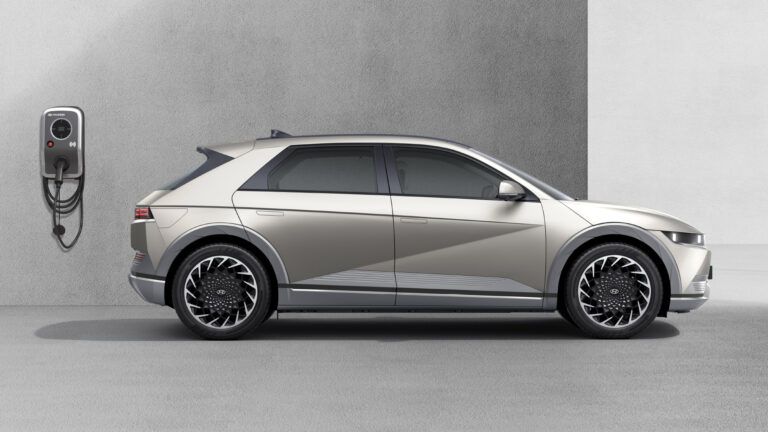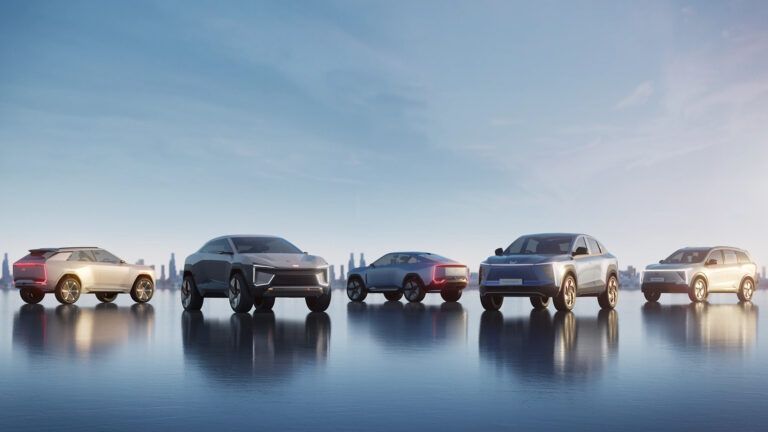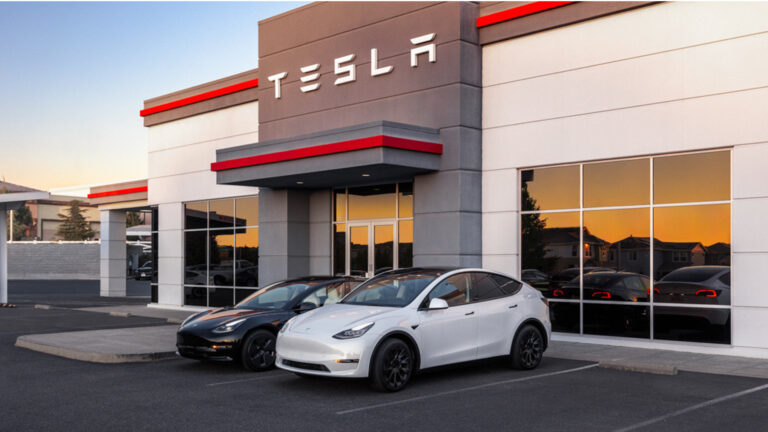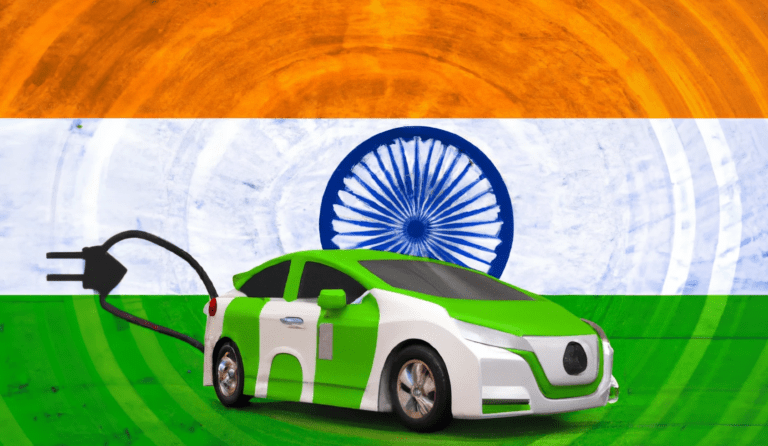Mercedes-Benz has big plans for the electrification of its vehicle lineup in India. The German carmaker is planning to launch four new electric vehicles in the country within the next 12 months as confirmed by a top executive of the firm. As and when it does, the new EVs will put Mercedes-Benz right at the top of the list of luxury electric car makers in India. The upcoming EVs will be in line with the company’s plans of having at least a quarter of sales in India from electric cars.
In an interaction with reporters this week, Mercedes-Benz AG Head of Region Overseas Matthias Luehrs said “We are very happy with the development of our EVs (electric vehicles) here in the Indian market with (models such as) the EQS and the EQB.” “We’ll have four more vehicles coming in,” he added, as quoted in a report by PTI. The four vehicles are to enter the Indian market within the next year.
As for the long-term plan, Luehrs said, “We will have 25 percent (of total sales), that’s our planning assumption, of electric vehicles in the next four years.” This means that Mercedes-Benz will aim to have 25 percent of its total sales in India from electric vehicles by the year 2027. To put this into perspective, EV sales currently account for about 3 percent of the total sales of Mercedes-Benz in India. This number accounts for four electric cars that Mercedes-Benz currently has on offer in India – EQS, EQB, EQC, and EQS AMG.
Mercedes EV Plans
About the upcoming new EVs, Mercedes-Benz India Managing Director & CEO Santosh Iyer mentioned that the electric cars will mark their debut in India in the next 8-12 months. They will comprise both completely built units as well as completely knocked down units. The company will then assemble these CKDs at its Chakan plant after import into the country.
The overall sales of Mercedes-Benz in India touched a record number of 15,822 units last year, indicating a 41 percent year-on-year growth. Interestingly, the company also recorded a new trend, wherein average buyers of the brand’s luxury cars were found to be much younger than what was seen about a decade ago. The customer share of females has also increased significantly for the brand over the last decade.


